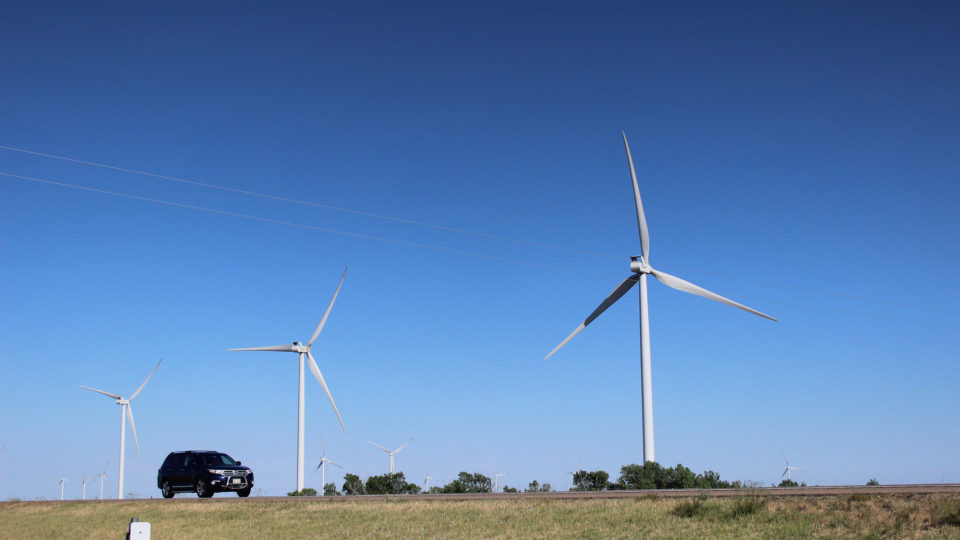Texas has a Texas-sized appetite for electricity and relies most heavily on natural gas, coal and nuclear power to get it. But in recent times, wind power has grown tremendously in the Lone Star State and it has already leapfrogged past nuclear power. Coal could be the next domino to fall.
In the past few years, solar power has become competitive with wind in terms of price. Texas is a large, coastal state in the sunny southwestern U.S. and has significant solar resources. As a result, the amount of solar power in Texas is now growing rapidly.
In order for a combination of solar and wind power to address the bulk of electricity demand in Texas, there needs to be a way to provide reliability that these intermittent sources don’t necessarily provide. Energy storage is a solution that ultimately is likely to be part of most electricity grids, but currently it is still expensive on a utility scale.
A new study from Rice University looked at the complementarity of solar and wind power in Texas. Complementarity refers to balancing the output of solar and wind systems. The peak performance of wind and solar occurs at very different times in different regions of the state. The study suggests that the right mix of solar and wind systems in the right parts of Texas could provide a continuously reliable energy system. On both a yearly and daily basis, wind and solar power resources in Texas complement each other in terms of peak performance. It is a matter of locating the solar power and wind farms in the right places.
With the Texas solar industry really starting to boom, there is a real opportunity to integrate far more renewable energy into the Texas grid.
**********
Web Links
More Renewables with Less Energy Storage: Texas Shows How
Photo, posted June 8, 2018, courtesy of Laura Lee Dooley via Flickr.
Earth Wise is a production of WAMC Northeast Public Radio.
